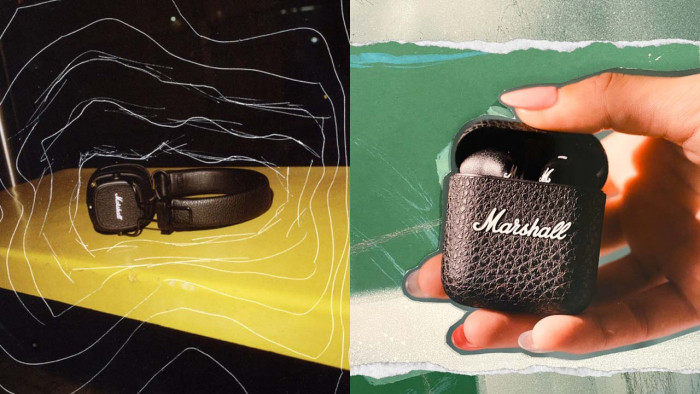It turns out the Earth is actually made up of two planets
"Violent, head-on collisions" aren't usually conducive to forming new life, but this one helped enormously


"Violent, head-on collisions" aren't usually conducive to forming new life, but ending it abruptly. Yet it turns out that an impact of world-changing proportions were crucial to the formation of the Earth as we know it.
Astronomers have long suspected that the Earth and our Moon came into formation in the superbly named event, the giant impact hypothesis: a planetary embryo called Theia, roughly the size of Mars, collided with a (relatively) young Earth around 4.5 billion years ago. By clipping the 100-million-year-old Earth, Theia would have formed debris that eventually clumped together to form the Moon.
Now, a new study by a team at UCLA has found evidence that this collision was far more violent than any previously theorised.
Published in the journal Science, the team of geochemists and cosmochemists studied a number of Moon rocks collected by three of NASA's Apollo missions. The structure of the rocks was compared with volcanic rocks found in Hawaii and Arizona - which led to a surprising discovery.
"We don’t see any difference between the Earth’s and the Moon’s oxygen isotopes; they’re indistinguishable," said lead author Edward Young. "Theia was thoroughly mixed into both the Earth and the Moon, and evenly dispersed between them. This explains why we don’t see a different signature of Theia in the Moon versus the Earth."
Rather than becoming a distinct planet in its own right, Theia was destroyed entirely in this head-on collision, helping to form the Earth and Moon.
We owe you big time, Theia.
(Image: NASA)
[Via: The Independent]








